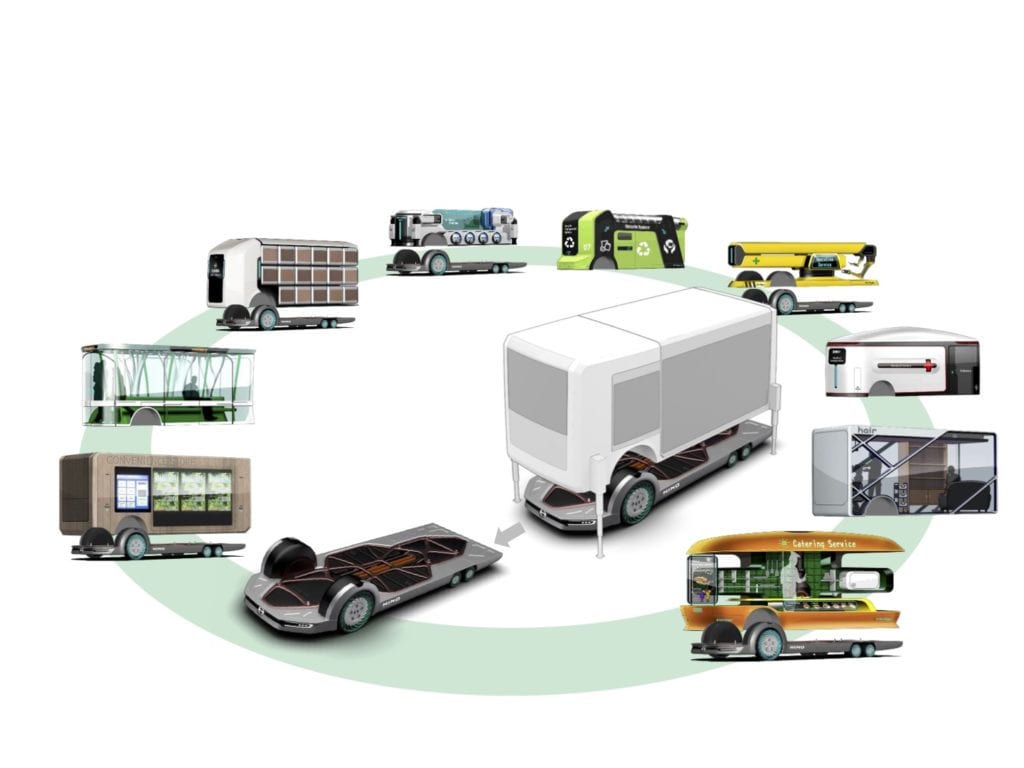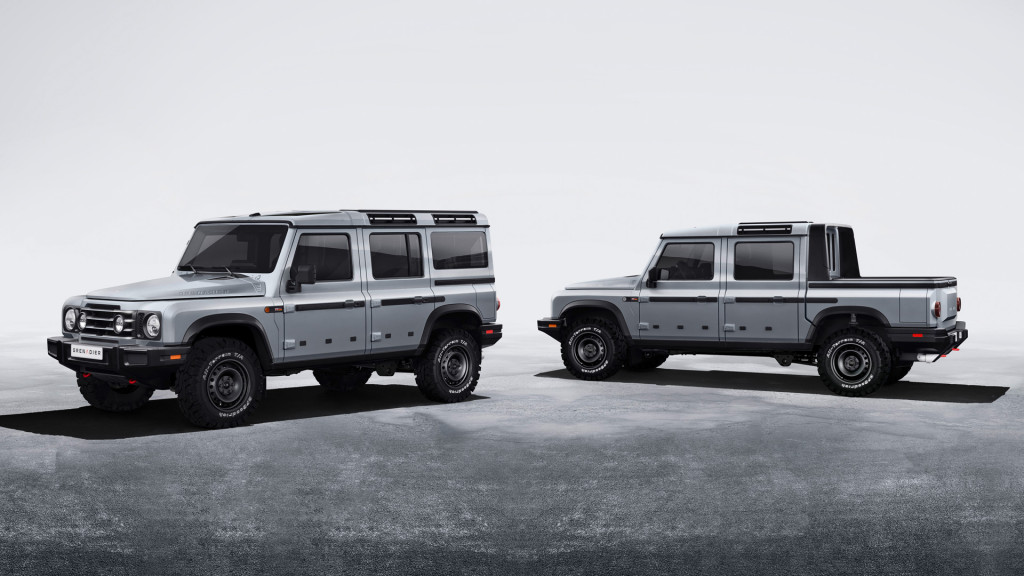DUBLIN, June 16, 2021 /PRNewswire/ — The “Global Electric Bus Market, By Battery Type (Lithium Ion & Lead Acid), By Application (Intracity, Intercity & Airport Bus), By Bus Length (6-8m, 9-12m, & Above 12m), By Seating Capacity, By Region, Competition Forecast & Opportunities, 2026″ report has been added to ResearchAndMarkets.com’s offering. The Global Electric Bus… Continue reading Global Electric Bus Market Report 2021-2026 Featuring Leading Players – Zhengzhou Yutong Bus Co., Ltd., BYD Auto Co., Ltd., VDL Groep, Solaris Bus & Coach
Tag: Contract Manufacturer
Ineos Grenadier prototype 2022 review – AutoExpress
Verdict When the Grenadier is launched, it will be unrivalled in its segment. Buyers who have been waiting for precisely such a car won’t be disappointed, but just how many out there want something like the Grenadier remains to be seen. BMW engines promise performance and durability, and while the suspension tuning focuses on safe… Continue reading Ineos Grenadier prototype 2022 review – AutoExpress
Magna (MGA) Stock Sinks As Market Gains: What You Should Know
In the latest trading session, Magna (MGA) closed at $96.52, marking a -1.83% move from the previous day. This change lagged the S&P 500’s daily gain of 0.18%. Prior to today’s trading, shares of the automotive supply company had gained 1.78% over the past month. This has lagged the Auto-Tires-Trucks sector’s gain of 7.54% and… Continue reading Magna (MGA) Stock Sinks As Market Gains: What You Should Know
Is Magna International Inc.’s (TSE:MG) Recent Price Movement Underpinned By Its Weak Fundamentals?
Magna International (TSE:MG) has had a rough week with its share price down 4.6%. We, however decided to study the company’s financials to determine if they have got anything to do with the price decline. Stock prices are usually driven by a company’s financial performance over the long term, and therefore we decided to pay… Continue reading Is Magna International Inc.’s (TSE:MG) Recent Price Movement Underpinned By Its Weak Fundamentals?
@niche: Production is Just Around The Corner – REE Automotive’s CEO on Partnerships, Going Public And Its New Centre of Excellence000953
Reading Time: 4 minutes REE Automotive is on a roll. In recent months it’s unveiled two major partnerships and the establishment of an Engineering Center of Excellence in the UK. As if these announcements weren’t enough for the Israeli e-mobility start-up, it’s also aiming to list on the NASDAQ through a merger. The stories just… Continue reading @niche: Production is Just Around The Corner – REE Automotive’s CEO on Partnerships, Going Public And Its New Centre of Excellence000953
They Love the Yugo, the Car Others Love to Hate
In the pantheon of cars considered irredeemable lemons — think Edsel, Aztek, Pacer — one stands above them all, or maybe below. The Yugo. Arguably no car has been more maligned than the utilitarian Yugo. It has been called “hard to view on a full stomach” and “the Mona Lisa of bad cars,” and it… Continue reading They Love the Yugo, the Car Others Love to Hate
ALKM – Alkame Expects Significant Revenue Processing 50,000 lbs of Jarred Blueberries For Japan Daily
LAS VEGAS, June 10, 2021 /PRNewswire/ — Alkame Holdings, Inc. (OTC PINK: ALKM), a publicly traded health and wellness technology holding company, is pleased to announce that its wholly owned subsidiary, Bell Food and Beverage, Inc. continues its Production Commitment to Pacific Flavors International Inc., a leading international food supplier and exporter of Oregon Blueberries… Continue reading ALKM – Alkame Expects Significant Revenue Processing 50,000 lbs of Jarred Blueberries For Japan Daily
Rugged Ineos Grenadier SUV coming to US in 2023 – Motor Authority
Rugged, off-road-oriented SUVs like the Ford Bronco, Jeep Wrangler and Land Rover Defender may soon face competition from a formidable contender being developed by the newly minted automotive arm of British chemical giant Ineos. We’re talking about the Grenadier, a boxy, go-anywhere SUV modeled after the previous-generation Land Rover Defender and due to start production… Continue reading Rugged Ineos Grenadier SUV coming to US in 2023 – Motor Authority
EV startup Fisker sets moonshot goal of making a climate neutral EV by 2027
Electric vehicle startup Fisker Inc. has set a moonshot goal of creating its first climate neutral car by 2027. Fisker has yet to bring a vehicle to market — climate neutral or not — making this an ambitious target. The all-electric Fisker Ocean SUV, which is still on track to go into production in November… Continue reading EV startup Fisker sets moonshot goal of making a climate neutral EV by 2027
Cron AI Partners with Innoviz to Deliver LiDAR-based Adaptive Perception Software for Smart Cities
Partnership between 3D data-edge perception platform developer and leading LiDAR provider set to plug gap between 3D sensing and real-world intelligent transport, smart spaces and security applications DERBY, England and TEL AVIV, Israel, June 8, 2021 /PRNewswire/ — Adaptive 3D edge perception platform company Cron AI and Innoviz Technologies (Nasdaq: INVZ), a technology leader of high-performance, solid-state… Continue reading Cron AI Partners with Innoviz to Deliver LiDAR-based Adaptive Perception Software for Smart Cities

